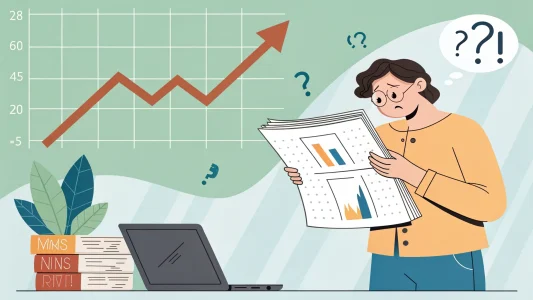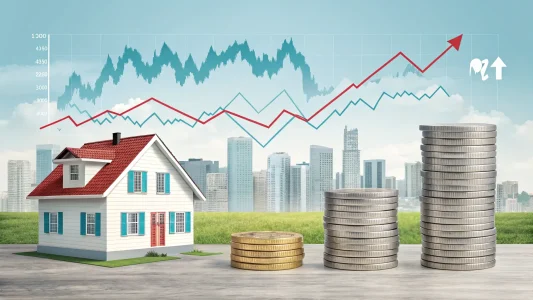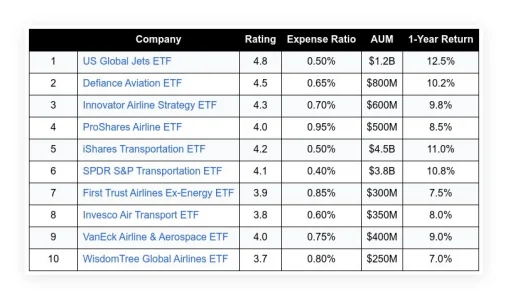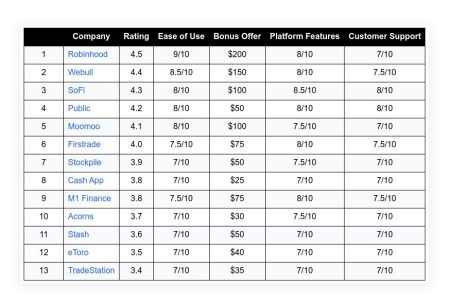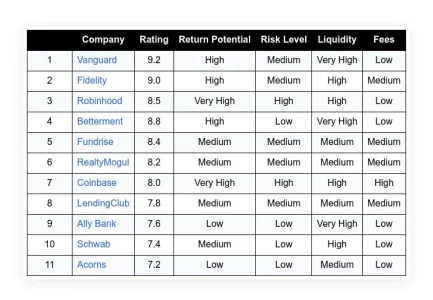Breaking news (October 6, 2023): Experts discussing the legitimacy of a fat tax on America
Across all ages and backgrounds, obesity is one of the most serious public health issues. In fact, approximately 70% of adults in the United States are overweight. Among them, about one-third are obese.
What makes obesity such a risk factor? Many chronic diseases exist, including heart disease, stroke, type 2 diabetes, and certain forms of cancer.
Among the solutions proposed for the obesity epidemic is a fat tax.
Table of Contents
ToggleFat Tax 101
In general, a fat tax is a tax on unhealthy foods and drinks, such as sugary drinks, fast food, and processed foods. By imposing a fat tax, people will be discouraged from consuming unhealthy foods and encouraged to make healthier choices.
However, this isn’t exactly a revolutionary idea.
According to the Metabo Law of Japan, companies and local governments are taxed if their employees or residents don’t meet certain health landmarks. As a result of the law, which passed in 2008, residents can live a healthier lifestyle.
Every year, companies must measure the waists of their employees as required by law.
An employer is fined if an employee’s waist measurement exceeds 33.5 inches (85 cm) for men or 35.4 inches (90 cm) for women. Counseling, motivational support, and email and phone monitoring are provided to the employee.
However, October 2011 saw Denmark introduce the world’s first “fat tax.” Its aim was to reduce obesity and cardiovascular disease.
In addition to milk, butter, cheese, oil, meats, and processed foods like frozen pizza, all foods that contain more than 2.3% saturated fat were subject to the tax.
As a result of the tax, saturated fats now cost 16 Danish kroner (about $3) per kilogram (about 2.2 lbs).
A number of countries have attempted to tax junk food since then, including Hungary, Mexico, India, and the United Kingdom.
Furthermore, sugar-sweetened beverages (SSBs) are blamed for the obesity epidemic, so SSB taxes are in place in Albany, Berkeley, Oakland, and San Francisco, as well as Boulder, Philadelphia, and Seattle.
Does a fat tax work? This article discusses the pros and cons of the fat tax as well as some alternatives to answer that question.
The Benefits of a Fat Tax
Among the potential benefits of a fat tax are:
Reduced obesity rates.
In order to reduce obesity rates, a fat tax can be implemented to increase the cost of unhealthy foods.
For example, it was the goal of the Metabo Law to reduce obesity by 25%. The obesity rate in Japan stands at a mere 4.3% as of 2023. Therefore, the policy has been a great success. But, what other benefits have there been?
Improved public health.
As a result of a fat tax, fewer people would develop chronic diseases linked to obesity, which may result in improved public health.
According to some studies, a 55% tax rate would result in a 0.7% decrease in overweight and obese individuals.
Promotes healthier food choices.
Imposing a fat tax can encourage people to choose healthier food and beverages. Studies have shown that when unhealthy foods become more expensive, people tend to eat fewer of them.
According to a UC Berkeley study, soda consumption in Berkeley’s low-income neighborhoods dropped by 21 percent after the city imposed a penny-per-ounce tax on sugary beverages.
Approximately 73% of consumers in Hungary reduced their consumption of the targeted products four years after the tax was introduced. Over two-thirds of these chose healthier alternatives, including mineral water, fresh fruit and vegetables, homemade sweets, and herbs and spices.
Reduced healthcare costs.
The obesity epidemic is one of the major causes of healthcare costs. Individuals and society could benefit from reducing obesity rates.
In fact, with a 10-percent reduction in body weight, overweight people can reduce lifetime medical costs by $2,200 to $5,300. There are also external costs associated with obesity, such as mortality and health insurance premiums.
Generates revenue.
The revenue generated by a fat tax can be used to fund nutrition education and physical activity programs.
Every year, the tax generates more than $15 million in San Francisco alone. A variety of health and healthy-eating programs across the city will benefit from the money, including Urban Sprouts, Chinatown Task Force on Children’s Oral Health, and the city’s school nutrition program.
As well as these direct benefits, a fat tax could also have some indirect benefits, such as:
- Encourage food manufacturers to produce healthier foods. Healthy food options may be more likely to be produced if consumers rarely purchase unhealthy foods.
- Educate consumers about healthy eating. Health risks associated with unhealthy foods and beverages can be raised with a fat tax, encouraging people to make healthier choices.
The Drawbacks of a Fat Tax
Fat taxes may reduce the consumption of unhealthy foods and beverages, but they have a number of drawbacks as well. It’s likely that these consequences caused Denmark to repeal the tax in 2012.
It is difficult to design and implement.
Determining which foods and beverages should be taxed, and how much should be taxed, would be difficult. Would it make sense to tax healthy fats like avocados and nuts, for example?
Further, a fat tax would be hard to enforce, particularly on home-prepared foods. In addition, taxing restaurant food would be difficult.
Regressive tax.
Regressive taxes, such as fat taxes, would burden people with low incomes or in poverty more. Due to the fact that poor households typically spend up to 30% of their income on food, this process would have a double impact on them. The healthy foods would still be out of reach, and the foods they could afford would cost more.
Denmark’s policy, for instance, contributed to an increase in food prices in a year when real wages fell by 0.8%. For hard-pressed families facing challenges like inflation, this kind of effect would be disastrous.
Unfair to people with medical conditions.
It may be necessary for some people to consume unhealthy foods and drinks because they have medical conditions. It may be necessary for people with diabetes, for example, to drink sugary drinks in order to maintain a healthy blood sugar level.
Unintended consequences.
If people switch to healthier food options or consume smaller portions of unhealthy foods, a fat tax could have unintended consequences.
The fat tax, for example, led to an increase in salt consumption in Denmark. Moreover, the fat tax changed many Danes’ behavior. Due to the behavioral change, consumers switched to cheaper brands and crossed into Sweden and Germany to shop to save money when grocery shopping.
It is unclear how effective it is.
A fat tax could reduce obesity rates, but its effectiveness has been questioned. There are some studies that show fat taxes work. They’ve also been found ineffective in other studies.
Because of this policy, Denmark didn’t eat ‘unhealthy’ foods much, as an example.
In fact, 80% of Danes did not alter their shopping habits in any way. In addition to the fact that food demand is relatively inelastic, prices are also subject to fluctuation.
Among middle-class households in Mexico, the tax resulted in a 5.8% decline in purchases of taxed foods, while among poorer households, the decline was 10.2%. Mexico, however, continues to have one of the highest obesity rates in the world – 73% of the population is overweight.
Does not completely solve the obesity problem.
The majority of people who are overweight or obese do so because they consume more calories than they expend, explains Nadeem Esmail Senior Fellow, Fraser Institute. If consumed in balance with other foods and exercise, less healthful and/or fattier foods won’t result in obesity or overweight.
There is no guarantee that it will lead to poorer health either, he adds. In addition to this lack of direct connection, a fat tax has another serious flaw: everyone is taxed, regardless of their weight.
Also, the fat tax fails to distinguish between overweight or obese individuals and those who are not, and the tax may not result in a reduction in overall caloric intake as some anticipate. The price of taxed products may not affect individuals much and they may choose to consume other energy-dense foods that are not taxed, says Esmail. Furthermore, fax taxes neglect obesity’s complex and multifaceted causes.
Other drawbacks could also include:
- Effects on the food industry. There would be a significant impact on the food industry if a fat tax were implemented. The cost of the tax would likely be passed on to consumers by food companies and restaurants. As a result, food prices could rise, which would hurt low-income families.
- Harm to businesses. It could result in job losses and economic hardship for businesses that sell unhealthy foods.
- Increased administrative costs. In order to collect and enforce a fat tax, governments would have to incur additional costs.
- Reduced consumer choice. As a result of a fat tax, consumers would have fewer options of foods to choose from, which could cause resentment and backlash.
- Unpopular with voters. Fat taxes tend to be viewed as paternalistic policies that restrict individuals’ freedom to choose their food and drink.
Additional fat tax considerations.
When evaluating fat tax policies, there are other factors to consider besides the pros and cons listed above:
- The specific design of the tax. In order for a fat tax to be effective and fair, its design has to be carefully considered. Food and beverage taxes based on nutrient content are more effective than those based on price, for example.
- Food options that are healthy are available. It is more likely that a fat tax will be effective if healthy food options are affordable and accessible. To increase access to healthy food in low-income areas, policymakers should subsidize healthy food and expand grocery store availability.
- Educating and reaching out to the community. Health education is important for the public to understand the benefits of healthy eating as well as the risks associated with unhealthy eating. An effective and socially acceptable fat tax can be achieved by doing this.
Alternatives to the Fat Tax
In order to combat the obesity epidemic, there are several alternatives to a fat tax. A few of them are:
- Subsidies for healthy foods. Everyone, including low-income individuals, could benefit from subsidies for healthy foods.
- Public health campaigns. In order to promote healthy eating and educate the public about unhealthy foods, public health campaigns can be used.
- School nutrition policies. The implementation of school nutrition policies could facilitate the availability of healthier foods in schools and limit the availability of unhealthy ones.
Conclusion
Obesity is a complicated problem that cannot be solved easily. Before deciding whether or not to implement a fat tax, it is important to weigh its potential benefits and drawbacks.
Besides fat taxes, there are other measures that could be used to combat obesity as well.
FAQs
What is a fat tax?
An overweight person is taxed or surcharged for eating unhealthy foods, drinking unhealthy beverages, or being overweight. This is an example of Pigovian taxation, which corrects externalities by taxing them. As far as obesity is concerned, the externality is the healthcare costs.
What is the purpose of a fat tax?
In addition to discouraging unhealthy diets, a fat tax offsets the economic costs of obesity. The idea behind fat taxes is to make unhealthy foods more expensive and less appealing.
As well as funding public health initiatives such as nutrition education and obesity prevention, fat taxes generate revenue for public health.
How does a fat tax work?
There are several ways to implement a fat tax. Fat-based taxes are one common approach to taxing foods. A fat tax could be imposed on foods with more than a certain percentage of saturated or trans fat.
There is also the option of taxing foods based on their nutritional value. It would involve taxing high-calorie, sugary, and fattening foods, while excluding low-calorie and nutrient-dense foods.
What are the arguments in favor of a fat tax?
A fat tax would have several benefits, according to its proponents:
- Discouraging unhealthy eating. If there were a fat tax, unhealthy foods would be more expensive, which would discourage people from buying and eating them. As a result, diets could become healthier and obesity rates might decrease.
- Raising revenue. Fat taxes could fund public health programs like obesity prevention.
- Reducing the economic costs of obesity. Healthcare costs associated with obesity and lost productivity are a major economic burden. In order to reduce these costs, a fat tax may be a good option.
What are the arguments against a fat tax?
There are a number of drawbacks to a fat tax, according to its opponents:
- Regressive impact. Fat taxes are regressive, so they’d hit low-income households disproportionately. Compared to high-income households, families with low incomes spend more on food.
- Administrative costs. The implementation and enforcement of a fat tax would be expensive. To tax businesses, the government would have to track food fat content and collect the tax from them.
- Effectiveness. In terms of reducing obesity rates, fat taxes do not appear to be effective. It is not clear whether fat taxes can have a significant impact on obesity rates, even if they can reduce the consumption of unhealthy foods to a certain extent.









